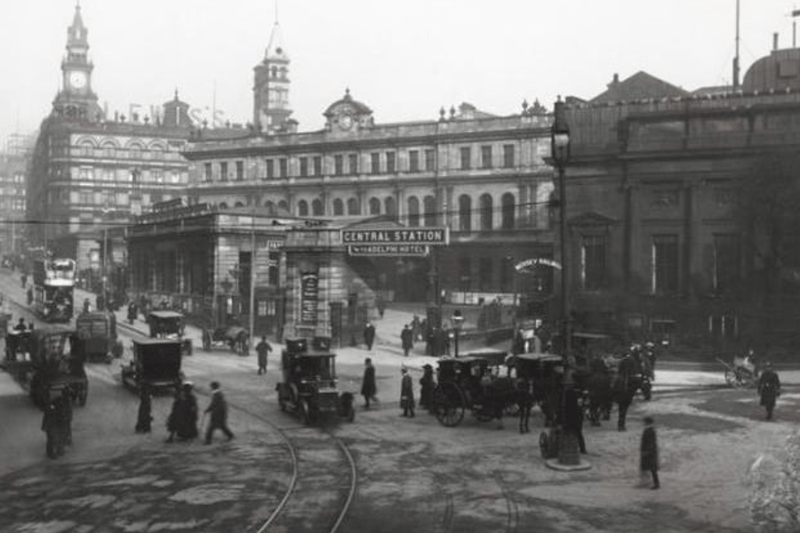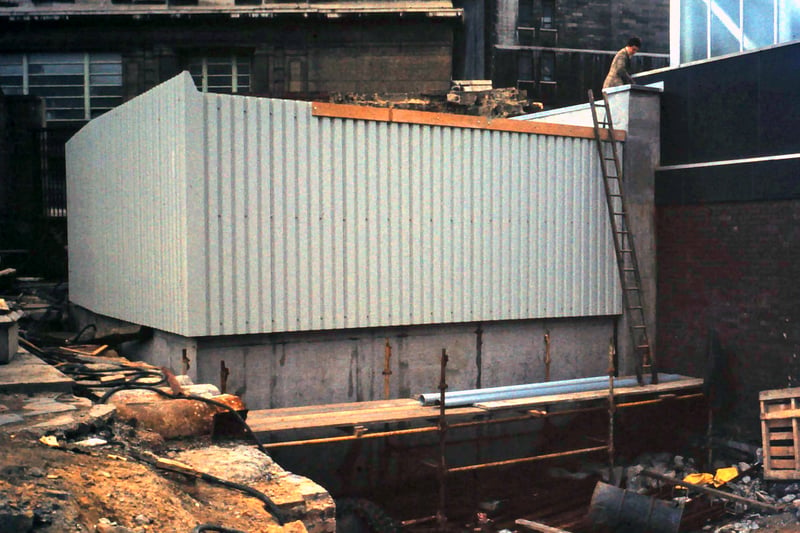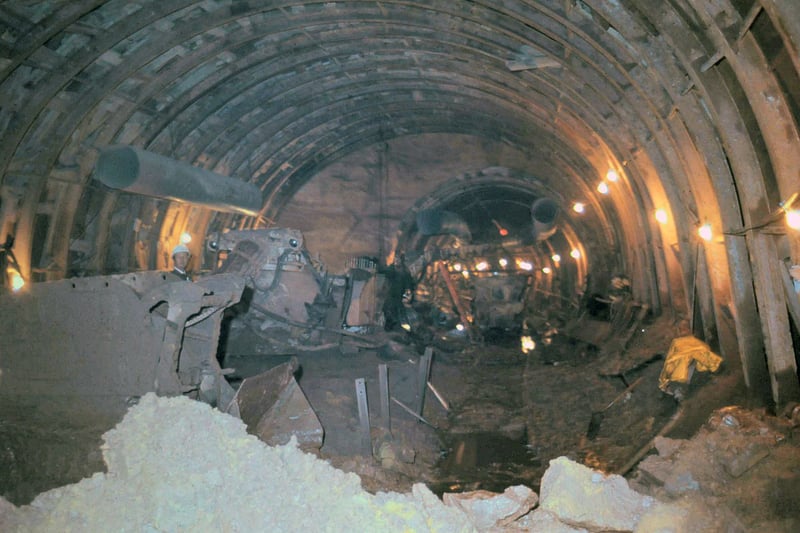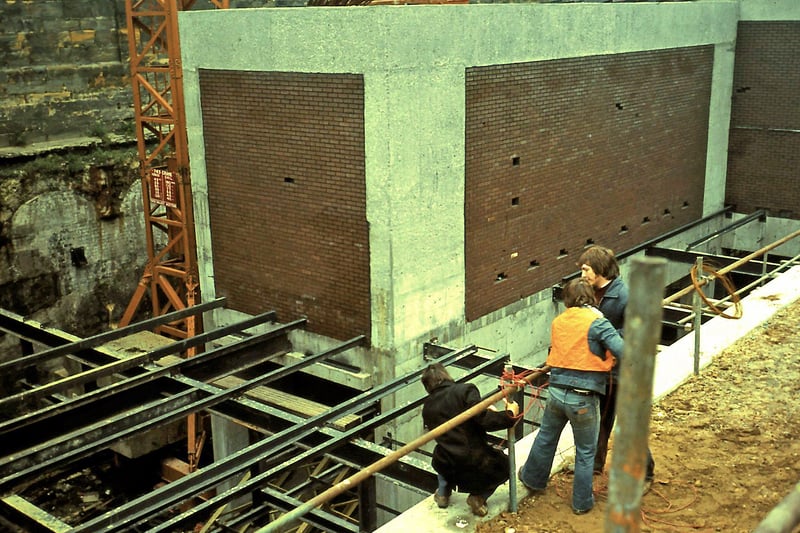Liverpool Central celebrated its a milestone birthday this year, serving the Liverpool City Region for an impressive 150 years.
The city centre station first opened in March 1874 and has been an integral part of the public transport network across the Liverpool City Region ever since. Originally named Liverpool Central High Level station, it operated train services to Manchester Central, London St Pancras, London Marylebone, Hull, Harwich, Stockport Tiviot Dale, and the old Southport station on Lord Street.
The three-level station had six platforms but was not connected to the city’s underground subway system until 1892, when Mersey Railways extended their route from James Street into the heart of the city centre.
Following the Beeching Report of 1963 - which saw mass restructuring of the nationalised railway system in England - the upper platforms were removed, and the area became a car park for a number of years. The High Level station was demolished in 1973, and a new plan for the future of transport in Merseyside began to take shape with the construction of what we now know as the Merseyrail network.
The Liverpool Central station we know today opened in 1977 and, in 2011, it underwent a huge renovation to help it to cope with the increasing numbers of customers who use the local train network.
Today the station is the busiest in Liverpool, and the second busiest station in the North West of England behind only Manchester Piccadilly. With more than 11m journeys made from the station in 2023, it is the tenth busiest station in the UK, outside of London.
Plans were recently unveiled to provide a solution for ‘current capacity issues’ at the station in and to develop land and buildings around Renshaw Street, Bold Street, and Ranelagh Street to provide an ‘enhanced gateway’ to the city centre.
Take a look back at Liverpool Central’s 150 year history with this nostalgic gallery...

1. 150 years of Liverpool Central
Liverpool Central High Level station opened in 1874 and featured six platforms. It was demolished in 1973 and replaced by the new Liverpool Central Station in 1977. Photo circa 1911. Photo: Wikimedia Commons Public Domain

2. 150 years of Liverpool Central
Site of main concourse, Northern Line escalator and stairs construction - 1973. Photo: Paul Gorton Collection

3. 150 years of Liverpool Central
Liverpool Central Wirral Line Loop tunnel and platform under construction - 1974. Photo: Paul Gorton Collection

4. 150 years of Liverpool Central
Site of main concourse, Northern Line escalators construction - 1974. Photo: Paul Gorton Collection
